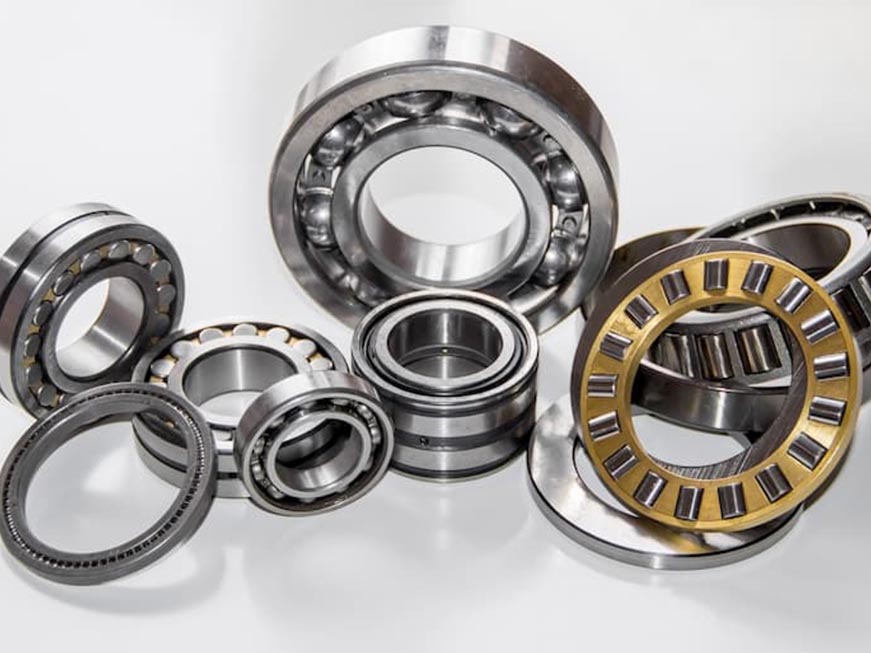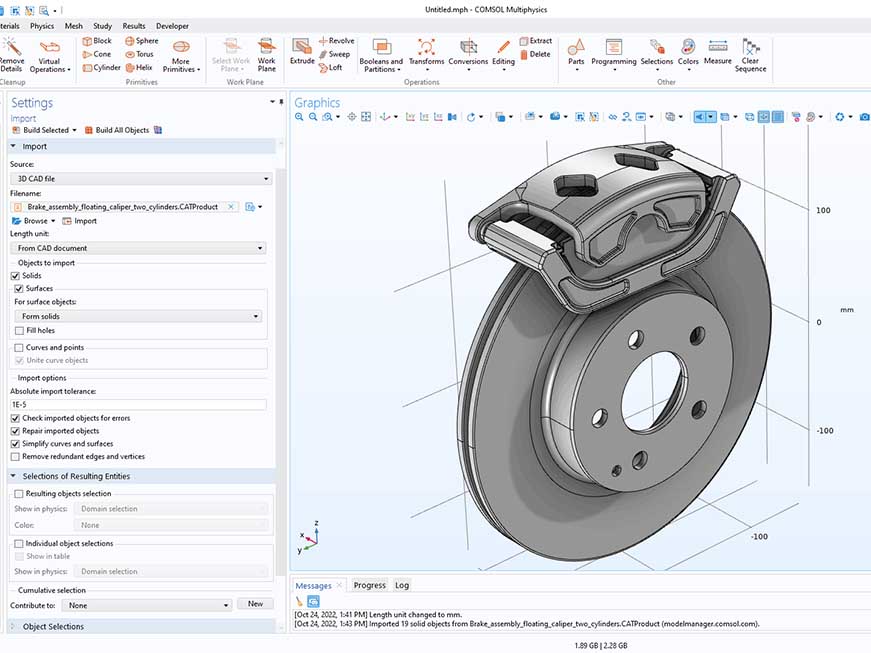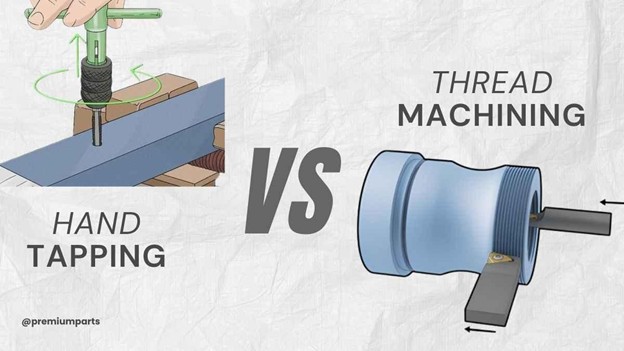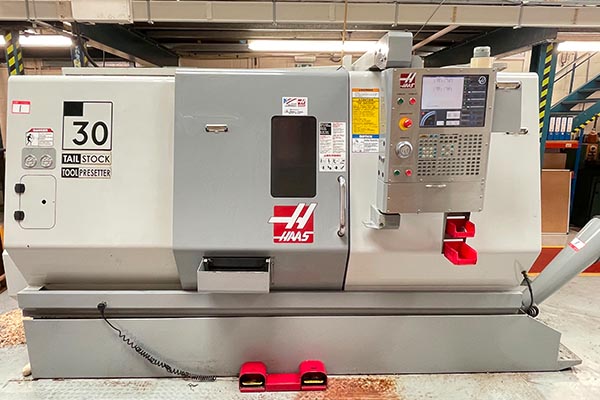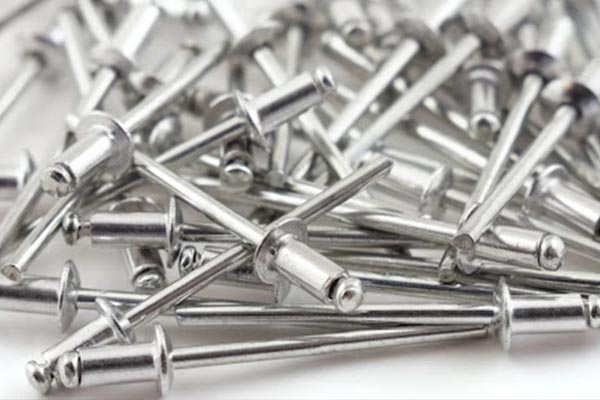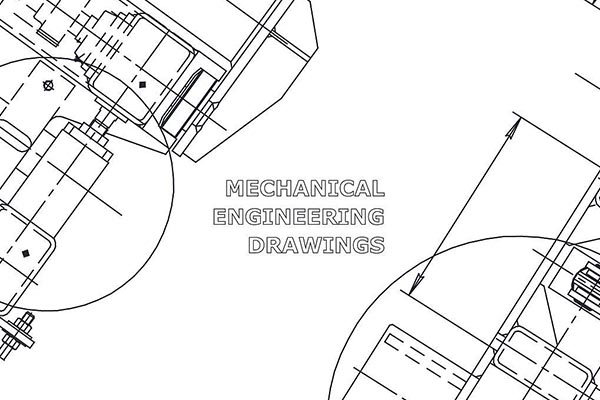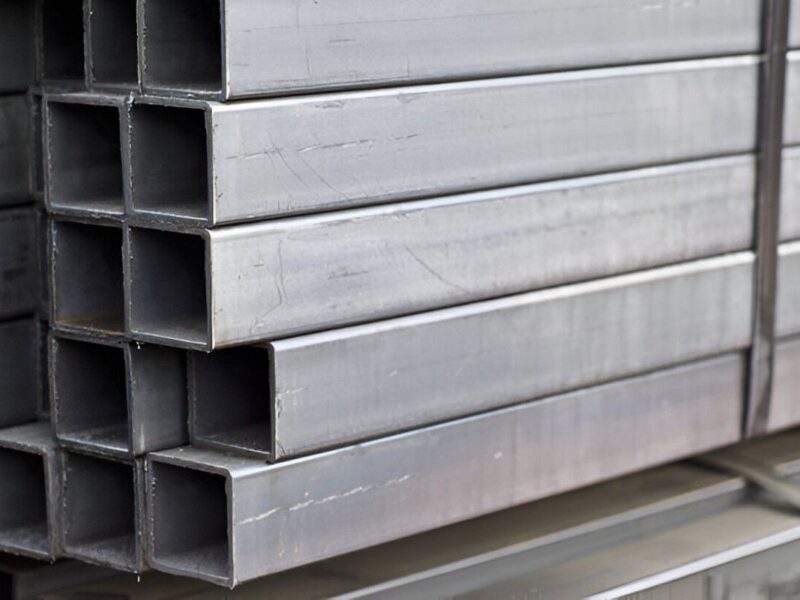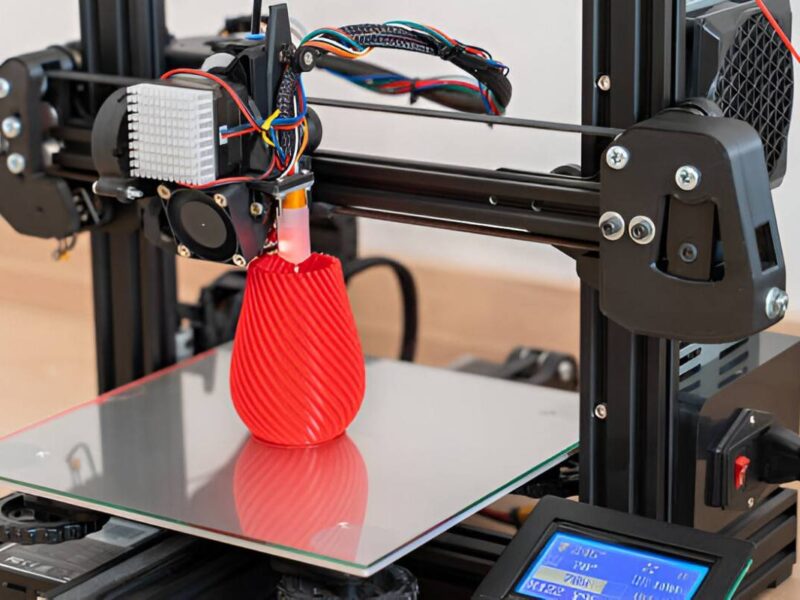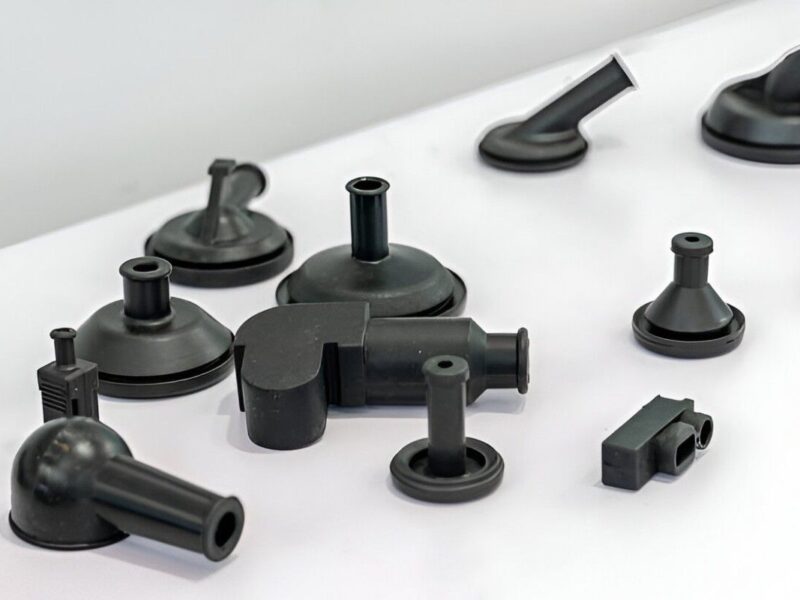You will find injection molding parts everywhere, from automobiles to the aerospace industry. Most manufacturers do not consider the surface finish of injection molding parts. However, design is a major consideration for many industries, designers, and even engineers. Thus, considering the right surface finish is significant, and it depends on multiple factors. For example, you need to consider the development phase, materials, and end-use of the products. Injection molding surface finish includes multiple thermoplastic resins. From SPI to EDM and VDI, Premium Parts has many mold finishing options.
Besides, mold finishes can range from glossy or matte to patterned. In addition, whatever the finish is on the mold cavity is the same finish that will be on the molded part surface. For instance, if we start with a reflective surface on the mold, the part will be shiny and clear. Also, Mold finishes are different from finishes for CNC machined or 3D printed parts, as each piece needs special and separate treatment. Moreover, adding a finish or a texture can have an impact on the mold’s price, but not the price of the individual parts.
The Society of the Plastics Industry (SPI) provides common finishes. These start from heavily polished (SPI A) to semi-gloss (SPI B) and matte finishes (SPI C and SPI D). Moreover, polished textures can enhance the reflection or transparency of transparent polymers. On the other hand, matte finishes create subtle tones and can reduce fingerprints on frequently touched products, like laptop frames and keyboards.
What are Injection Molding Surface Finishes?
In injection molding, the surface finish is critical when designing parts. For instance, the surface finish provides both an aesthetic quality and a functional aspect when introducing an engineering product. Similarly, a good surface finish will provide an enhanced look and feel of the product, thereby providing a perceived enhanced value and quality.
Moreover, many product designers would agree on the importance of the aesthetic appeal of a product. Besides, how a product looks and feels in the hands of the consumer is a crucial part of its success. In addition, many big companies, such as Apple and Samsung, have taken advantage of different surface finishes to showcase their smooth logo. Also, the products usually have textured elements that create visual interest.
Injection Molding Tool Surface Finish Features
Surface finishes on injection mold tooling are most frequently specified with PIA (SPI), VDI, and Mold-tech standards. These three standards are recognized globally by toolmakers, manufacturers, and design engineers. Moreover, from these three, PIA standards (SPI grades) are more prevalent and better known.
SPI Injection Molding Surface Finish
The SPI widely assumes its surface finish standard for injection molding tools to be currently the industry standard. Besides, the SPI surface finish classification system contains four grades of surface finishes, from polished gloss (A1) to textured rough (D3). Moreover, each of the four grades of surface finish contains three subdivisions. Each subdivision has different allowances for deviation from perfection. Thus, completing the perfect surface finish will have the lowest number of deviations allowed. However, larger numbers will have greater amounts of allowed deviation.
| SPI Finish | Description | Typical Applications | Surface Roughness (Ra µm) |
| SPI A-1 | Grade #3, 6000 Grit Diamond Buff | High polish or transparent parts, optically clear | 0.012 – 0.025 |
| SPI A-2 | Grade #6, 3000 Grit Diamond Buff | High polish or transparent parts | 0.025 – 0.050 |
| SPI A-3 | Grade #15, 1200 Grit Diamond Buff | High-to-medium polish parts, non-optical lenses | 0.050 – 0.100 |
| SPI B-1 | 600 Grit Paper | Medium polish parts | 0.05 – 0.10 |
| SPI B-2 | 400 Grit Paper | Medium polish parts | 0.10 – 0.15 |
| SPI B-3 | 320 Grit Paper | Medium – low polish parts | 0.28 – 0.32 |
| SPI C-1 | 600 Stone | Low polish parts | 0.35 – 0.40 |
| SPI C-2 | 400 Stone | Low polish parts | 0.45 – 0.55 |
| SPI C-3 | 320 Stone | Low polish parts | 0.63 – 0.70 |
| SPI D-1 | Dry Blast Glass Bead | Satin finish | 0.80 – 1.00 |
| SPI D-2 | Dry Blast #240 Oxide | Dull finish | 1.00 – 2.80 |
| SPI D-3 | Dry Blast #24 Oxide | Dull finish | 3.20 – 18.00 |
Mold-Tech Textured Finishes
Mold-Tech is a textured mold standard that is often used for commercial or saleable products. Similarly, it is classified into four different series, A-D, with series A being the most popular in the lineup. Moreover, the Mold-Tech Series A finishes are all very fine to coarse matte finishes and do not utilize laser, masked chemical etching, or other engineered texturing processes.
Mold-Tech finishes are organized by serial number and texture depth. However, Mold-Tech finishes tend to be coarser than SPI finishes. Therefore, they require a stronger draft. A reasonable rule of thumb for the draft is to add 1.5° of the draft for each 0.001″ of texture depth.
Mold-Tech A Finishes
| Mold-Tech Serial Number | Texture Depth (inch) | Application | Minimum Draft |
| MT-11010 | 0.001″ | Dull matte finish | 1.5° |
| MT-11020 | 0.0015″ | Coarse matte finish | 2.25° |
| MT-11030 | 0.002″ | Coarse matte finish | 3° |
| MT-11040 | 0.0025″ | Coarse matte finish | 3.75° |
| MT-11050 | 0.003″ | Coarse matte finish | 4.5° |
Mold-Tech B Finishes
| Mold-Tech Serial Number | Depth (mm) | Application | Draft Angle (min) |
| MT-11200 | 0.0762 | Coarse matte finish | 4.5° |
| MT-11205 | 0.0635 | Medium matte finish | 4° |
| MT-11210 | 0.0889 | Coarse matte finish | 5.5° |
| MT-11215 | 0.1143 | Heavy matte finish | 6.5° |
| MT-11220 | 0.127 | Heavy matte finish | 7.5° |
| MT-11225 | 0.1143 | Heavy matte finish | 6.5° |
VDI (EDM) Injection Molding Surface Finishes
VDI surface finish defines the mold texture system from Verein Deutscher Ingenieure (VDI), the Society of German Engineers. Thus, this surface finish is usually machined via Electrical Discharge Machining (EDM) at the time of mold manufacturing. Moreover, VDI 3400 is the international standard for mold texturing with special usefulness in matte molds. Besides, EDM surface finish can be fine or coarse-grained according to the EDM process used.
Unlike Mold-Tech, which utilizes a number of methods through manual finishing, laser etching, and chemical etching, VDI primarily concentrates on using the EDM method to create textures. Also, there will be some textures in VDI that may be similar to those of Mold-Tech and SPI standards. Furthermore, VDI 33 is similar to SPI D-3, and VDI 12 is similar to SPI C-1.
Common VDI Injection Molding Finishes
| VDI Value | Description | Applications | Surface Roughness (Ra µm) |
| VDI 12 | 600 Stone | Low polish parts | 0.40 |
| VDI 15 | 400 Stone | Low polish parts | 0.56 |
| VDI 18 | Dry Blast Glass Bead | Satin finish | 0.80 |
| VDI 21 | Dry Blast # 240 Oxide | Dull finish | 1.12 |
| VDI 24 | Dry Blast # 240 Oxide | Dull finish | 1.60 |
| VDI 27 | Dry Blast # 240 Oxide | Dull finish | 2.24 |
| VDI 30 | Dry Blast # 24 Oxide | Dull finish | 3.15 |
| VDI 33 | Dry Blast # 24 Oxide | Dull finish | 4.50 |
| VDI 36 | Dry Blast # 24 Oxide | Dull finish | 6.30 |
| VDI 39 | Dry Blast # 24 Oxide | Dull finish | 9.00 |
| VDI 42 | Dry Blast # 24 Oxide | Dull finish | 12.50 |
| VDI 45 | Dry Blast # 24 Oxide | Dull finish | 18.00 |
Why Use Surface Finishes in Injection Molding?
Surface finishes have aesthetic and functional elements too. Therefore, they may improve the look of your molded parts or may enhance their performance in cooperation with subsequent applications. Moreover, the surface finish you choose may affect the durability of the parts, the grip, and the overall quality. So, there are a few primary reasons to implement a surface finish:
-
To Increase Part Aesthetics
There are reasons why part designers are more inclined to use textures or surface finishes for aesthetic purposes. Consequently, a smooth or matte surface texture enhances the overall look of the part by providing it with a more polished profile. Besides, they also directly hide any imperfections that resulted from the injection molding process (i.e., tool machining marks, sink marks, weld lines, flow lines, and shadow markings, etc.). Moreover, from a business perspective, a part that has a higher surface quality is more aesthetically appealing to customers.
-
To Improve Part Functionality
Secondly, not only do the finishes have an aesthetic function, but they may also serve other practical purposes. Moreover, some designs require a firm gripping action for optimal functionality. Additionally, texturing determines the quality of grip, and a textured plastic finish is an ideal solution for slip-resistant products. So, a textured mold will free trapped gas if it is trapped in a mold.
Also, a glossy SPI surface finish might cause paint to peel off. However, a rougher surface finish may improve the adhesion of the paint even further. Subsequently, the texture from SPI surface treatment also adds increased strength and safety to the part.
Advantages of Texture in Injection Molding
- Firstly, texture helps overcome plastic flow creases and thickness increases, which also promotes strength and non-slip qualities.
- Secondly, texturing will aid in handling the component, enhance grip, and improve safety in certain applications.
- Subsequently, when we mold in the subsequent step, the texture we use helps the paint stick better.
- Lastly, on any surface, texture pulls the parts over when they don’t consistently come over to the moving half of the mold and allows for better undercuts.
How to Choose a Suitable Injection Molding Surface Finish?
When choosing an injection molding surface finish, you must consider the function of the part, the material, and your visual criteria. Besides, most typical plastic injection-molded materials can accommodate a variety of surface finishes.
A product designer should select the surface finish at the beginning of the design process. The reason is that it affects the material’s selection and draft angle, both of which can ultimately affect tooling costs. For example, a textured or coarse finish requires larger draft angles to ensure the part is satisfactorily removed from the mold. Here are some major factors to consider:
Tooling Cost
The tool design and costs can be heavily influenced by the surface finish and choice of materials. Thus, assessment of the performance of the product against the surface finish is essential during the embodiment design stage. Besides, where surface finish is critical to the product functionality, discussion of surface finish should occur during the conceptual product design stage.
Also, the impact of automation on injection molding has been vast, but polishing remains an area in which automation is a weakly represented element of automation. Besides, only the simplest shapes are capable of being polished automatically. Similarly, while polishers now have better equipment and materials at their disposal, polishing is still labour-dependent.
Draft Angle
Draft angle is a significant variable within injection molding, which influences how easily the part can be ejected from the mold. Besides, the draft angle, expressed in degrees, is determined by the surface finish and the material type. As an example, parts made from materials such as PA, PC, or ABS might have certain draft angles needed to be able to eject the part easily from the mold without damaging the part or mold.
Moreover, as the surface texture becomes increasingly texturized or coarse, the draft angle will typically become steeper. For example, SPI grade A is a finish that would typically require a 1-degree draft angle, while a rougher surface (SPI grade B or VDI 12) would have a generally higher draft angle that accommodates the depth of texture. Subsequently, a proper draft angle based on material and surface texture will provide ease of molding and eliminate tooling issues.
Mold Tool Material
The material used for the mold tool can have a considerable effect on the surface smoothness of injection-molded components. Moreover, molds can be made up of many metals. However, steel and aluminium are the most common. Consequently, the effect these mold materials have on molded plastic components is very different.
For example, hardened tool steel can achieve smoother plastic finishes than aluminium alloy tools can. Additionally, steel molds are especially advantageous for parts that serve an aesthetic purpose and require lower surface roughness because they can reach a distinguished polish in one or two polishing steps. Similarly, steel molds complete a finer and smoother surface on the finished piece, and when an embossed finish is required, steel, once more, is the best choice.
Molding Material
There are many different injection molding plastics available for different pieces and functions. The surface finish characteristics, however, will vary from one plastic material to another. Some polymers will have properties that will lend themselves to a smoother finish; other polymers will have properties that will lend themselves to a rough or textured surface. Furthermore, the chemical and physical properties of injection molding materials (i.e., melting temperature) will affect surface quality.
Moreover, materials that have a higher melting temperature generally provide smoother finishes, in addition to fillers and pigments that can influence the final surface finish of a molded product. As a result, it is important to closely analyze different materials before deciding on the surface texture for the part.
Molding Parameters
Injection molded parts and surface finish are impacted by significant molding variables – injection speed, injection pressure, injection shape, and melt temperature. Besides, a high melt temperature and a faster injection speed create glossier surfaces and cause less amount of weld lines. Likewise, higher filling rates inside mold cavities, in general, increase the invisibility of weld lines and improve the aesthetic of the part.
Besides, to make the SPI surface finish smoother, the combination of high mold and melt temperatures with high injection speed will improve the surface quality and achieve a more refined and polished product.
Conclusion
Selecting an appropriate surface finish for injection molding is critical both for aesthetics and functionality. Surface finish characteristics will determine the overall quality, durability, and performance of any product. By appropriately considering surface parameters such as material and molding parameters, and tool design, designers can provide a superior surface finish that meets the visual and functional requirements.
Select from our variety of injection molding options made from premium parts with perfect finishes and superior durability. Contact Premium Parts today for expert guidance and superior quality of work. Let us help you bring your designs to life!


